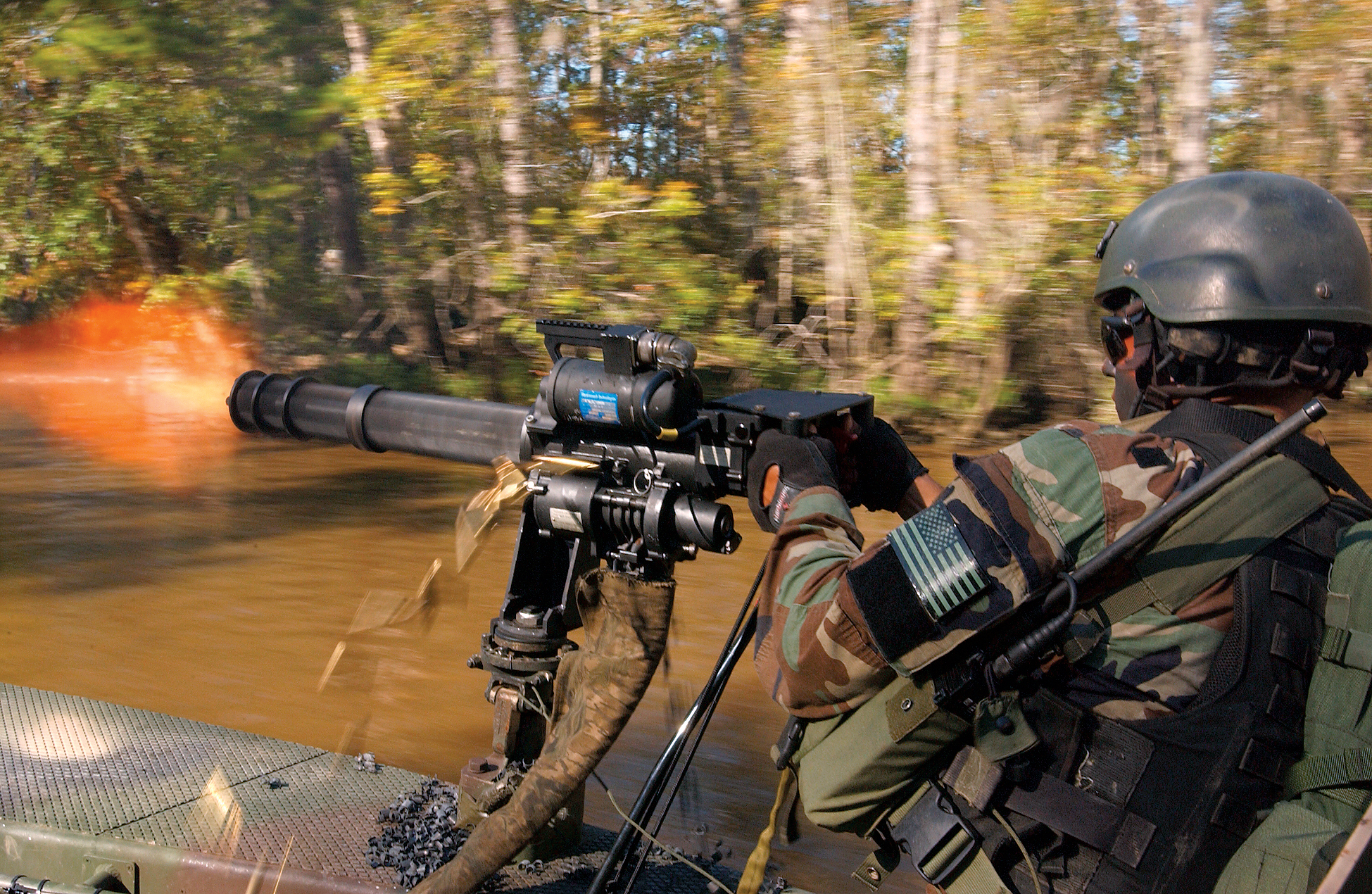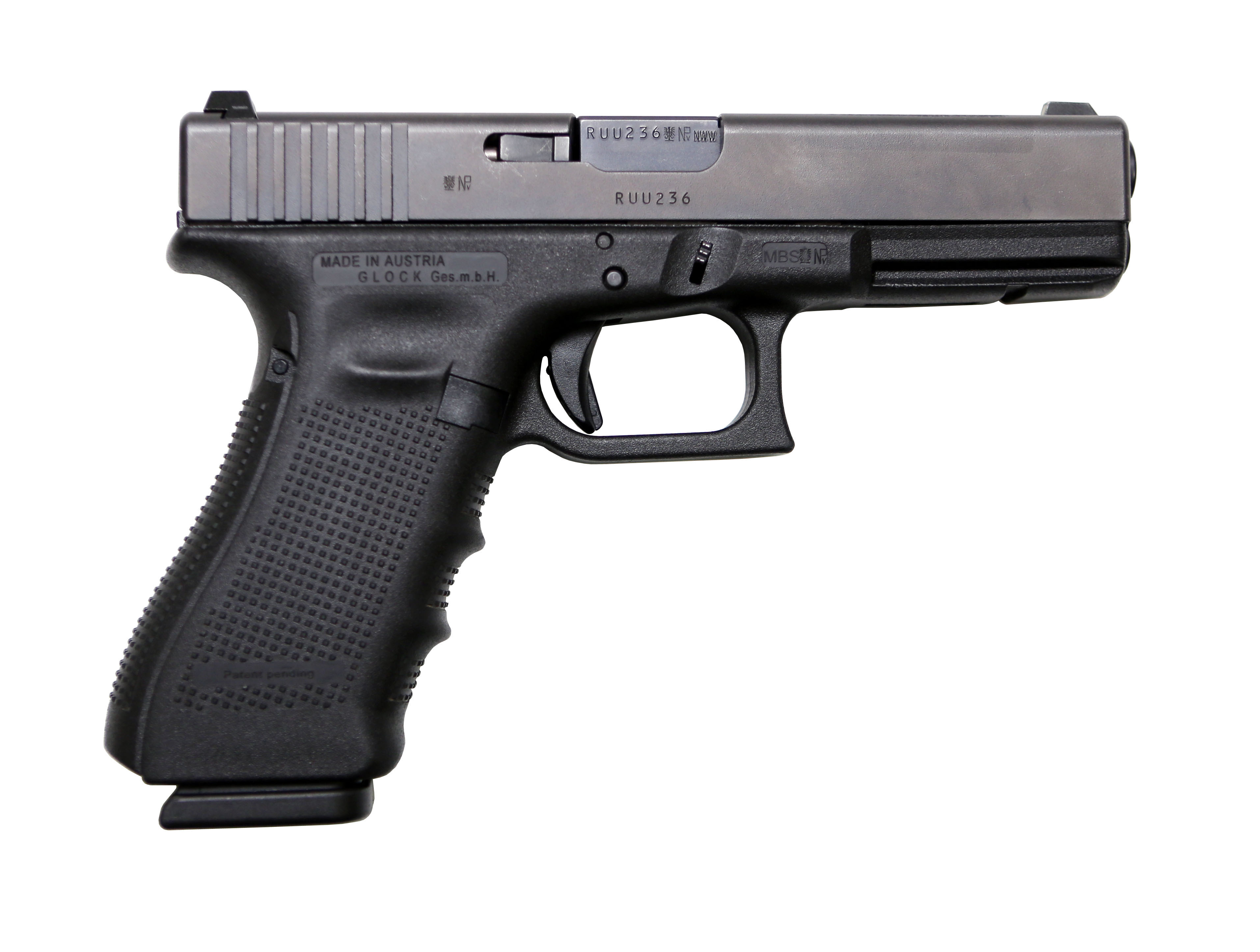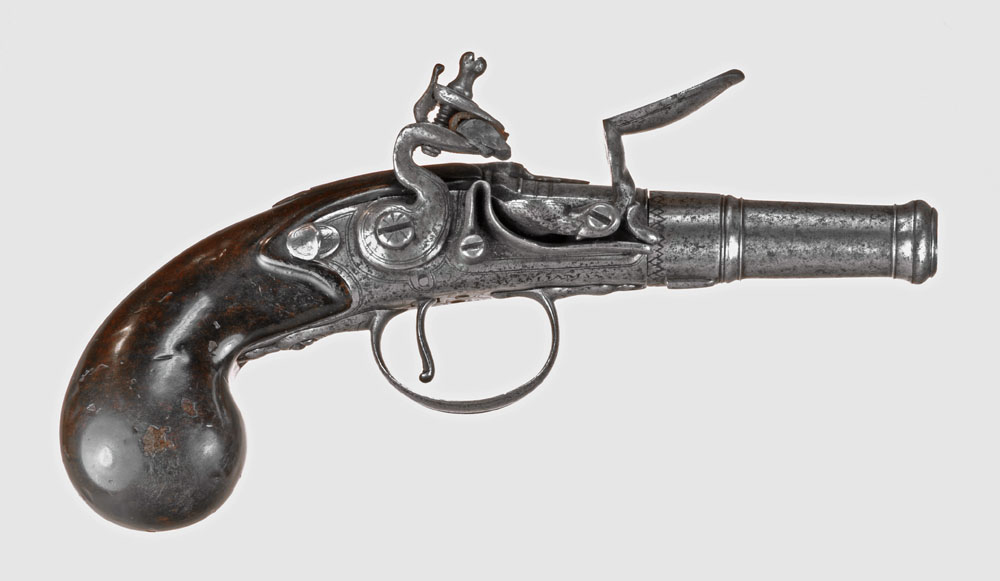|
Garrucha (pistol)
The garrucha is a small pistol, similar to a derringer, common in Brazil and Argentina in the early 20th century. It is usually double-barreled, though with the barrels side-by-side rather than vertical as is common in American derringers, and the bores can be rifled or smooth. In Brazil, the most popular chamberings were for the .320 and .380 centerfire cartridges, similar to the .32 S&W and .38 S&W in appearance, but conical. They were also chambered for the .22 Short, .22 Long, .22 Long Rifle, and the .32, 8mm, and 9mm Flobert cartridges, among others. These types of pistols were popular from 1930 to 1960 due to their low cost and small size, and were associated with the gauchos (cowboys) of the South American Pampas. In Brazil, Garruchas were produced by Castelo, Rossi, and Lerap. See also *Derringer *Howdah pistol The howdah pistol was a large-calibre handgun, often with two or four barrels, used in Africa and India from the beginning of the nineteenth century a ... [...More Info...] [...Related Items...] OR: [Wikipedia] [Google] [Baidu] |
32 S&W
The .32 S&W cartridge (also known as the .32 S&W Short) was introduced in 1878 for Smith & Wesson pocket revolvers. It was originally designed as a black powder cartridge. The .32 S&W was offered to the public as a light defense cartridge for " card table" distances. Design Originally designed by the Union Metallic Cartridge Company (UMC) as a black powder cartridge using nine grains of black powder, the round has been loaded with smokeless powder exclusively since 1940. It is low-powered and perfect for use in small frame concealable revolvers and derringers. The round remained popular in the United States and Europe long after the firearms chambered for it were out of production. At one time, it was considered to be the bare minimum for a self-defense round and was judged unsuitable for police work. For defensive uses, the .32 S&W is grouped with other turn-of-the-century cartridges designed for use in "belly guns"—guns meant for use in point-blank defensive situations, s ... [...More Info...] [...Related Items...] OR: [Wikipedia] [Google] [Baidu] |
Rossi (manufacturer)
Amadeo Rossi SA (or simply Rossi), founded in 1889 in São Leopoldo, Brazil, is a Brazilian arms manufacturer. Rossi produces pistols and revolvers used by both civilians and security forces, and exports worldwide. It is considered one of the largest weapons manufacturers in Brazil. About In the 1970s Rossis began to be distributed in the United States by Interarms Virginia. This continued until 1997, when Rossi founded BrazTech, their own subsidiary representative in North America . Their revolvers had great popularity in the United States, Canada and some countries in Europe. The production line of revolvers and handguns was acquired by Taurus. Rossi currently produces only hunting rifles, shotguns and traditional line of Puma rifles. It also has a line of own airgun, known as Rossi Dione. Since 2010, Rossi no longer produces firearms for sale in the Brazilian market, and dedicates itself exclusively to the importation and distribution of airguns and airsoft, a sport that r ... [...More Info...] [...Related Items...] OR: [Wikipedia] [Google] [Baidu] |
Firearm Terminology
A firearm is any type of gun designed to be readily carried and used by an individual. The term is legally defined further in different countries (see Legal definitions). The first firearms originated in 10th-century China, when bamboo tubes containing gunpowder and pellet projectiles were mounted on spears to make the portable fire lance, operable by a single person, which was later used effectively as a shock weapon in the Siege of De'an in 1132. In the 13th century, fire lance barrels were replaced with metal tubes and transformed into the metal-barreled hand cannon. The technology gradually spread throughout Eurasia during the 14th century. Older firearms typically used black powder as a propellant, but modern firearms use smokeless powder or other propellants. Most modern firearms (with the notable exception of smoothbore shotguns) have rifled barrels to impart spin to the projectile for improved flight stability. Modern firearms can be described by their caliber (i.e. b ... [...More Info...] [...Related Items...] OR: [Wikipedia] [Google] [Baidu] |
Multiple-barrel Firearms
A multiple-barrel firearm is any type of firearm with more than one gun barrel, usually to increase the rate of fire or hit probability and to reduce barrel erosion/overheating. History Volley gun Multiple-barrel firearms date back to the 14th century, when the first primitive volley guns were developed. They are made with several single-shot barrels assembled together for firing a large number of shots, either simultaneously or in quick succession. These firearms were limited in firepower by the number of barrels bundled, and needed to be manually prepared, ignited and reloaded for each firing. In practice the large volley guns were not particularly more useful than a cannon firing canister shot or grapeshot. Since they were still mounted on a carriage, they could be as hard to aim and move around as a heavy cannon, and the many barrels took as long (if not longer) to reload.Matthew Sharpe "Nock's Volley Gun: A Fearful Discharge" ''American Rifleman'' December 2012 pp.50 ... [...More Info...] [...Related Items...] OR: [Wikipedia] [Google] [Baidu] |
Firearms Of Brazil
A firearm is any type of gun designed to be readily carried and used by an individual. The term is legally defined further in different countries (see Legal definitions). The first firearms originated in 10th-century China, when bamboo tubes containing gunpowder and pellet projectiles were mounted on spears to make the portable fire lance, operable by a single person, which was later used effectively as a shock weapon in the Siege of De'an in 1132. In the 13th century, fire lance barrels were replaced with metal tubes and transformed into the metal-barreled hand cannon. The technology gradually spread throughout Eurasia during the 14th century. Older firearms typically used black powder as a propellant, but modern firearms use smokeless powder or other propellants. Most modern firearms (with the notable exception of smoothbore shotguns) have rifled barrels to impart spin to the projectile for improved flight stability. Modern firearms can be described by their caliber ( ... [...More Info...] [...Related Items...] OR: [Wikipedia] [Google] [Baidu] |
Handguns
A handgun is a short- barrelled gun, typically a firearm, that is designed to be usable with only one hand. It is distinguished from a long gun (i.e. rifle, shotgun or machine gun, etc.), which needs to be held by both hands and also braced against the shoulder to be used properly. The two most common types of handguns in modern times are revolvers and semi-automatic pistols, although other types such as derringers and machine pistols also see infrequent usage. Before commercial mass production, handguns were often considered a badge of office, comparable to a ceremonial sword. As they had limited utility and were more expensive than the long guns of the era, the few who could only afford to purchase them carried these handguns. However, in 1836, Samuel Colt patented the Colt Paterson, the first practical mass-produced revolver, which was capable of firing five shots in rapid succession and very quickly became a popular defensive weapon, giving rise to the saying, "God ... [...More Info...] [...Related Items...] OR: [Wikipedia] [Google] [Baidu] |
Howdah Pistol
The howdah pistol was a large-calibre handgun, often with two or four barrels, used in Africa and India from the beginning of the nineteenth century and into the early twentieth century during the British Empire era. It was intended for defence against lions, tigers and other dangerous animals that might be encountered in remote areas. Multi-barreled breech-loading designs were later favoured over contemporary revolvers, due to their higher velocity and faster reloading potential. Terminology The term "howdah pistol" comes from the ''howdah'', a large platform mounted on the back of an elephant. Hunters, particularly in British Raj India, used howdahs as a platform for hunting, and needed large-calibre side-arms for protection against close quarters animal attacks.Maze. - p.19. The practice of hunting from the howdah basket on top of an Asian elephant was first made popular by the joint Anglo-Indian East India Company during the 1790s. The early howdah pistols were flintloc ... [...More Info...] [...Related Items...] OR: [Wikipedia] [Google] [Baidu] |
Derringer
A derringer is a small handgun that is neither a revolver nor a semi/ fully automatic pistol. It is not to be confused with mini-revolvers or pocket pistols, although some later derringers were manufactured with the pepperbox configuration. The modern derringer is often multi-barreled, and is generally the smallest usable handgun of any given caliber and barrel length due to the lack of a moving action, which takes up more space behind the barrel. It is frequently used by women because it is easily concealable in a purse or a stocking. The original Philadelphia Deringer was a muzzleloading caplock single-shot pistol introduced in 1825 by Henry Deringer. In total, approximately 15,000 Deringer pistols were manufactured. All were single barrel pistols with back-action percussion locks, typically .41 caliber with rifled bores, and walnut stocks. Barrel length varied from , and the hardware was commonly a copper-nickel alloy known as " German silver". The term "de ... [...More Info...] [...Related Items...] OR: [Wikipedia] [Google] [Baidu] |
Pampa
The Pampas (from the qu, pampa, meaning "plain") are fertile South American low grasslands that cover more than and include the Argentine provinces of Buenos Aires, La Pampa, Santa Fe, Entre Ríos, and Córdoba; all of Uruguay; and Brazil's southernmost state, Rio Grande do Sul. The vast plains are a natural region, interrupted only by the low Ventana and Tandil hills, near Bahía Blanca and Tandil (Argentina), with a height of and , respectively. The climate is temperate, with precipitation of that is more or less evenly distributed throughout the year, making the soils appropriate for agriculture. The area is also one of the distinct physiography provinces of the larger Paraná–Paraguay plain division. Topography This region has generally low elevations, whose highest levels do not exceed 600 metres (1,970 feet) in altitude. The coastal areas and most of the Buenos Aires Province are predominantly plain (with some wetlands) and the interior areas (mainly in th ... [...More Info...] [...Related Items...] OR: [Wikipedia] [Google] [Baidu] |
38 S&W
The .38 S&W, also commonly known as .38 S&W Short (it is sometimes referred to as .38 S&W Short to differentiate it from .38 Long Colt and .38 Special), 9×20mmR, .38 Colt NP (New Police), or .38/200, is a revolver cartridge developed by Smith & Wesson in 1877. Versions of the cartridge were the standard revolver cartridges of the British military from 1922 to 1963. Though similar in name, it is not interchangeable with the later .38 Special due to a different case shape and slightly larger bullet diameter. History The round was first introduced in 1877 for use in the S&W .38 Single Action. As standard for the era, it featured heeled bullet with the same diameter of bullet and case neck equal to .38 inch; later versions discarded the feature and downsized the bullet, but the designation didn't change. After World War I, the British military sought to replace pre-war revolvers with easier-to-handle weapons. Webley demonstrated a lighter version of their Mk III revolver with ... [...More Info...] [...Related Items...] OR: [Wikipedia] [Google] [Baidu] |
Gaucho
A gaucho () or gaúcho () is a skilled horseman, reputed to be brave and unruly. The figure of the gaucho is a folk symbol of Argentina, Uruguay, Rio Grande do Sul in Brazil, and the south of Chilean Patagonia. Gauchos became greatly admired and renowned in legend, folklore, and literature and became an important part of their regional cultural tradition. Beginning late in the 19th century, after the heyday of the gauchos, they were celebrated by South American writers. The gaucho in some respects resembled members of other nineteenth century rural, horse-based cultures such as the North American cowboy ( in Spanish), of Central Chile, the Peruvian or , the Venezuelan and Colombian , the Ecuadorian , the Hawaiian , the Mexican , and the Portuguese . According to the , in its historical sense a gaucho was a "mestizo who, in the 18th and 19th centuries, inhabited Argentina, Uruguay, and Rio Grande do Sul in Brazil, and was a migratory horseman, and adept in cattle work". In Argen ... [...More Info...] [...Related Items...] OR: [Wikipedia] [Google] [Baidu] |
Derringer
A derringer is a small handgun that is neither a revolver nor a semi/ fully automatic pistol. It is not to be confused with mini-revolvers or pocket pistols, although some later derringers were manufactured with the pepperbox configuration. The modern derringer is often multi-barreled, and is generally the smallest usable handgun of any given caliber and barrel length due to the lack of a moving action, which takes up more space behind the barrel. It is frequently used by women because it is easily concealable in a purse or a stocking. The original Philadelphia Deringer was a muzzleloading caplock single-shot pistol introduced in 1825 by Henry Deringer. In total, approximately 15,000 Deringer pistols were manufactured. All were single barrel pistols with back-action percussion locks, typically .41 caliber with rifled bores, and walnut stocks. Barrel length varied from , and the hardware was commonly a copper-nickel alloy known as " German silver". The term "de ... [...More Info...] [...Related Items...] OR: [Wikipedia] [Google] [Baidu] |








